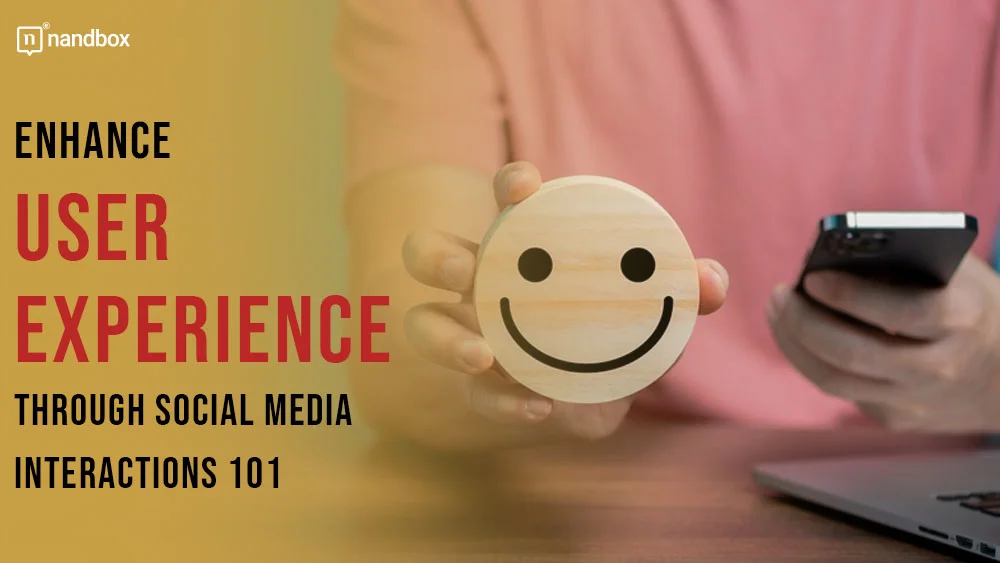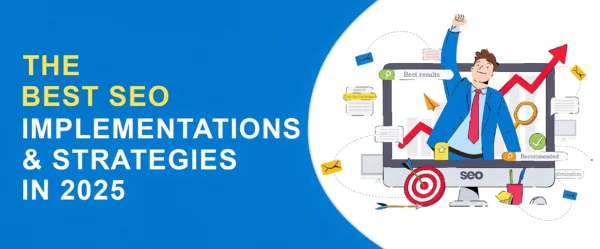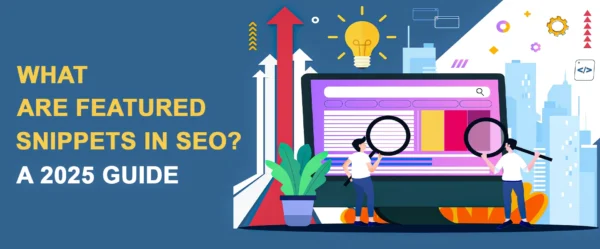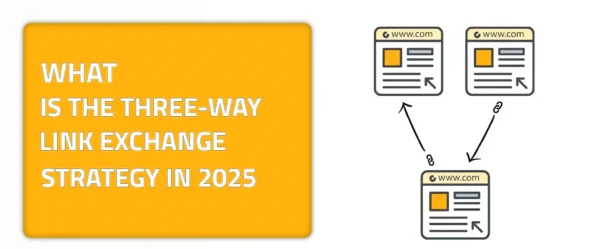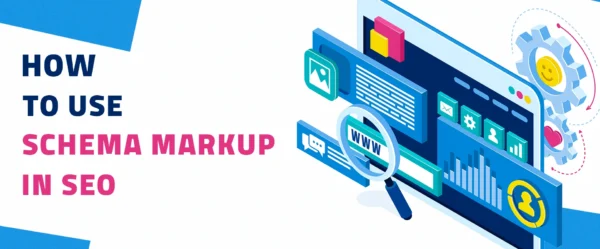We can think of social media as some sort of revolutionary direction or a transformation to the way we interact and connect. The minute social media apps emerged, it was apparent that they would be a major part of our lives. No one would have imagined the role that social media has in our lives now, by making the world truly borderless and connecting people anywhere and anytime. Not only do we get to communicate, but we also get a glimpse of other parts of the world—how they talk, live, celebrate, and so on. But how do we get to react to such things? That is what we are going to discuss in this article. We will demonstrate social media interactions, their types, and how they enhance user experience and engagement.
The Phenomenon of Social Media Apps and How It Started
There is no doubt that social media and social media apps are a phenomenon that will last forever. The great establishment of the World Wide Web in the late 80s and early 90s created a great opportunity to build the world of digital communication. At first, social media wasn’t as broad as we know now, as it wasn’t very accessible. Communication platforms like Friendster appeared in the early 2000s and were presented as an early form of social media. Additionally, blogs were also a part of this category, as many people communicated through blogs and blog entries. At this time, these platforms were known as social network platforms since they were limited to connecting people and nothing more. During this time, many platforms emerged, such as MySpace, which was considered to be the most viewed website of all time.
However, the spark of many of these platforms didn’t last long. It wasn’t until 2008–2009 that one player emerged and changed the game completely. Facebook is known to be one of the most successful modern social media platforms that has achieved out-of-this-world success. With more than 1.5 billion users, it proves day by day to be significant. In addition, Facebook was among the first platforms to adopt the concept of applications. They launched their app in 2008, only two years after the platform’s establishment. Following Facebook, many social media platforms appeared, and their apps also appeared and took over the app stores. For instance, in 2012, Apple released the best of the Apple App Store over the year. The top spots were all claimed by social media apps such as Instagram, Snapchat, Facebook, and Twitter.
How Important is Social Media?
The importance of social media can vary depending on one’s perspective and context. Here are some key points to consider regarding the significance of social media:
Communication and Connectivity
The introduction of social media has significantly altered how we interact with one another. Regardless of where you and your friends and families live, you can always keep in touch with one another thanks to these innovations. The effects of this on maintaining personal connections and social networks are far-reaching.
Information Sharing
Quite a few people get their news and other information exclusively from social media. As a result of the ease with which information can be distributed, it has become an indispensable medium for the exchange of information in the modern world.
Business and Marketing
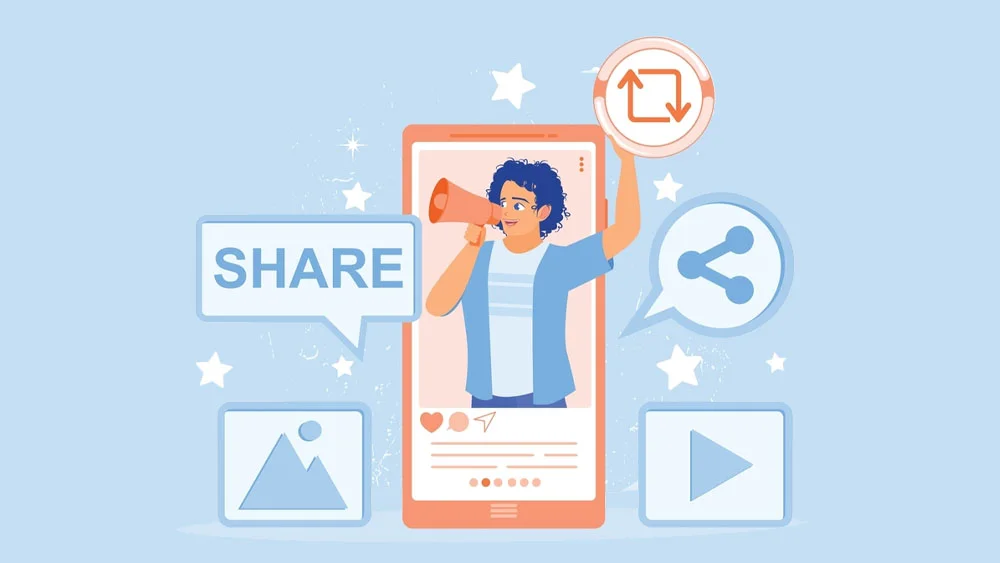
Social media platforms have become an integral part of any company’s marketing and advertising strategy. It’s a low-priced option for reaching lots of people. Through customer interaction and feedback collection, companies can strengthen their brands and attract new buyers.
Influence and Trends
Individuals with significant influence over public opinion, preference, and behavior have emerged as a result of the rapid growth of social media platforms. The extent to which they can affect culture and individual preferences is high, and they also have quite an impact on society, both negatively and positively.
Social and Political Activism
The power of social media in political and social movements cannot be overstated. It facilitates the ability of campaigns and movements to gather support, educate the public, and advocate for change. For instance, the BLM and Me Too movements greatly benefited from the presence of social media platforms where people raised awareness.
Education and Awareness
Opportunities for learning and raising awareness can be found in abundance on social media platforms. It has the potential to be an excellent tool for expanding one’s horizons and educating oneself and others about pressing societal, environmental, and health matters.
What Are Social Media Interactions?
We usually interact in real life by talking, listening, and so on. Upon the emergence of the digital world, we had to find some way to create interactions that would imitate real life. Luckily, thinking about and establishing that didn’t take much time, as social media platforms were on the run. Social media platforms are ways that users can interact and express their opinions online. It literally means any sort of interaction that takes place between a user and user, or a user or some brand. Examples of social media interactions that we will tackle later are likes, follows, shares, comments, and reports.
Importance of Social Media Interactions and How They Enhance the User Experience
Building Communities
By interacting with others who share similar interests or concerns, users of social media can form communities based on these shared characteristics. As a result, users are more likely to participate and have a good time.
Two-Way Communication
Through social media, people can interact in real time with their favorite brands, companies, and even their peers. Quickly answering and acting on users’ questions and suggestions makes them feel like their opinions matter.
Personalization
Conversations on social media can shed light on users’ inclinations and habits. Platforms can use this data to customize the user’s experience with more pertinent content and suggestions. This can enhance the user experience to a major extent.
User-Generated Content
Promoting user-generated content like reviews, testimonials, and user-created posts increases participation because it gives users a voice in the content’s development. It’s a great way to establish credibility and trust for users.
Feedback and Improvement
Various types of interactions on social media allow users to voice opinions, both positive and negative. These comments will help businesses enhance their offerings and give customers a better overall experience.
Entertainment and Informative Content
Content, whether humorous or educational, is frequently exchanged during conversations on social media. Memes, videos, articles, and other user-generated content can enrich the platform and encourage continued use by providing users with something to talk about and share.
Viral and Trending Content
The excitement and interaction of users can be greatly increased when content becomes popular and spreads like wildfire. People like feeling like they’re a part of a common and well-liked experience.
Customer Support
Many businesses now provide customer service via social media. By using social media to ask questions or report problems, users can get their issues resolved more quickly and have a better overall experience.
Influencer Engagement
Increased user engagement can be achieved through social media interactions with influencers and micro-influencers. Influencers can introduce new products, insights, and connections while also fostering trust and engagement with their audiences through sincere interaction.
Real-Time Updates
Real-time updates are a common feature of many social media sites, making it simple for users to keep up with breaking news, current events, and other noteworthy developments. Having people participate in events as they happen in real time can be extremely helpful.
Types of Social Media Interactions
1. Likes
A fun fact! Did you know that liking posts didn’t exist until 2009? But how did people interact prior to that? It was usually limited to comments and other forms of interaction. Facebook was actually the platform behind the like button. Three of Facebook’s engineers came together to find a way for people to express how they find posts. And this is how the like button was founded. Likes are very common on social media, as is the basic way of interacting with any content. They play a major role in algorithms, as they are usually correlated with the popularity and visibility of posts. This means that the more likes you get, the more visible your post or content will be. And this helps increase and enhance the rate of user engagement and user experience.
2. Comments
Comments are also a very common form of social media interaction, and most probably the oldest. They have been there since blogs when people made comments on blog entries to discuss topics and points of view. They are considered to be a great way of communicating and expressing opinions on posts. Comments come in many forms, as you can create a comment with text, pictures, GIFs, emojis, and videos in some cases.
3. Shares
Shares are, in my humble opinion, the ultimate way of social media interactions, and maybe the most important as well. For a post to get shares, it has to be either engaging, interactive, or informative to pique someone’s interest enough that he will share it somewhere. Posts with a large number of shares usually gain a lot of likes and comments as a result. In addition, they gain exceptional recognition that can reach the whole globe.
4. Reports
Believe it or not, reports are a form of social interaction as well. Reporting a post or a piece of content is also a way of expressing opinions and thoughts about it. Reports usually happen if a post or piece of content is breaking community and platform guidelines. Social media apps and platforms gain users’ trust by implementing strong and strict guidelines; this trust also elevates upon quick and fair responses to reports.
Social Media Interactions in nandbox’s Social Category
With the rise of no-code development, people are all rushing to develop their social media apps. This can be in hopes of connecting people and demolishing barriers, or to have a biography directed by David Fincher. And personally, I could see myself going with the second one. In most of the no-code app builders, interactions can be limited, depending on the type of apps this platform specializes in. And many rely on web apps. On the other hand, the nandbox app builder did its research and grasped the fact that effective social media apps are ones with varied social media interactions. Nandbox, the native no-code app builder, emphasizes the communication and social app categories. Therefore, you’ll find a plethora of options, including features, integrations, and customization options, to elevate and enhance the development process of social media apps as well as the user experience. The main star of this category in the nandbox app builder is social media interactions. What makes nandbox app builder is the variety it offers to developers when it comes to adding as many interactions and customizing everything about them
Demonstrating Social Media Interactions in The App Builder
So, let us set a real example. In any of nandbox’s social features, such as the newsfeed, you will get access to a rich set of customization options. For instance, here, you will get to enable or disable the post footer as well as the contents. Through the toggles, you would give users the option to like, reply, see the views counter, or share.
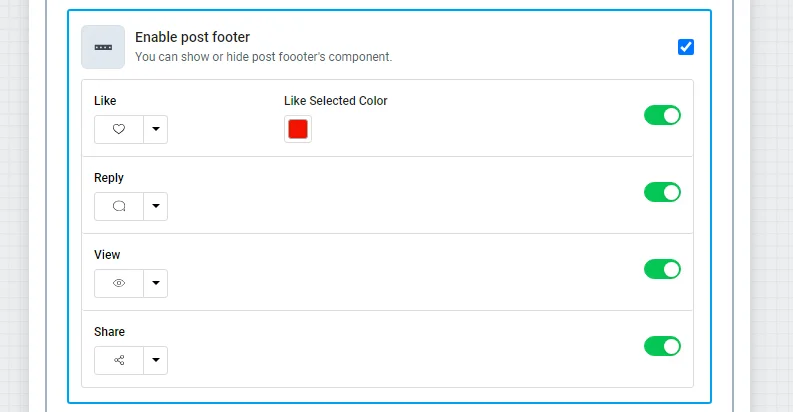
Additionally, here, you can add or remove another set of interactions like report abuse, save, download, forward, and many more. All would be added to the post footer as well
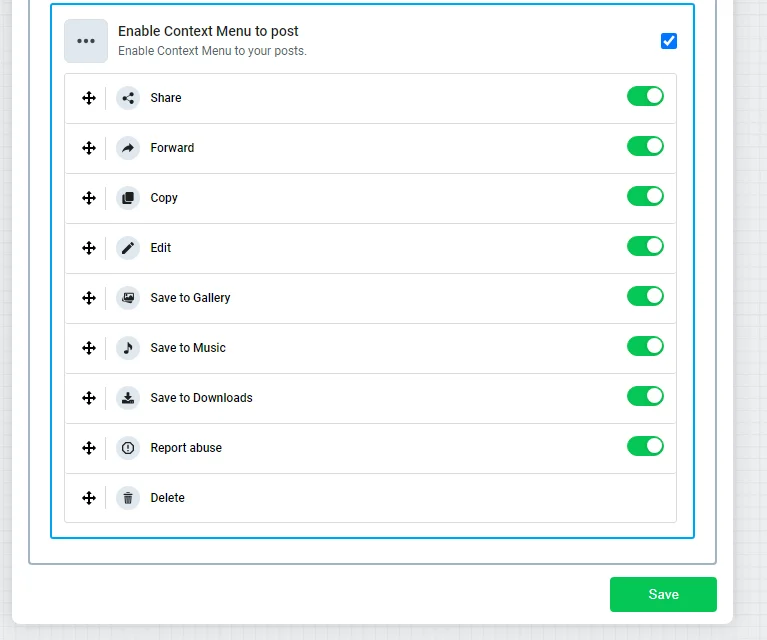
The capabilities that nandbox has are exceptional. And with all these outstanding capabilities, you’d think that the price tag would be high. However, the nandbox app builder has one of the most affordable pricing schemes, which contains many privileges. Want to connect people and give them a place where they can express themselves freely? Well, quit thinking and start acting! Try the nandbox app builder now and enjoy a 15-day trial where you can experience a robust social media app development journey and enhance the user experience.


